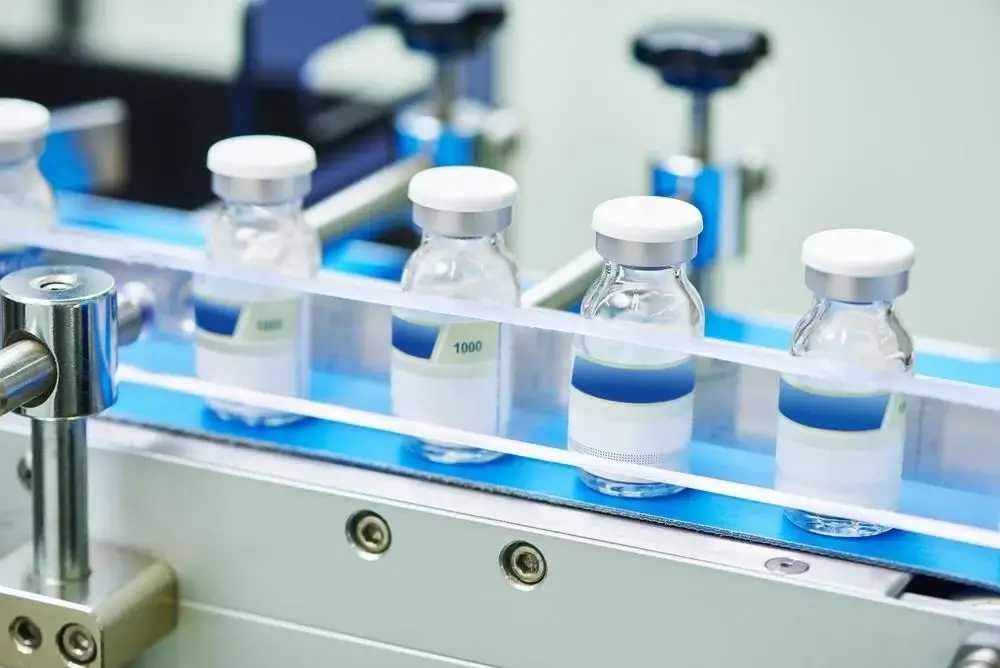Sustainable Pharmaceutical Packaging Trends: Leading the Way to a Greener Future

Pharmaceutical Packaging
In recent years, the pharmaceutical industry has faced increasing pressure to adopt more sustainable practices. As environmental concerns become more prominent, clinical packaging companies are at the forefront of this transformation, striving to develop eco-friendly solutions that reduce waste and minimize the carbon footprint of pharmaceutical products. This blog explores the latest trends in sustainable pharmaceutical packaging and highlights the efforts of clinical packaging companies to embrace greener practices.
The Need for Sustainable Pharmaceutical Packaging
Pharmaceutical packaging serves a vital role in protecting products from contamination, ensuring proper dosage, and maintaining the integrity of medications throughout their shelf life. However, traditional packaging materials and methods often contribute significantly to environmental pollution. Single-use plastics, excessive packaging, and non-recyclable materials have long been staples in the industry, but their environmental impact has driven the push for sustainable alternatives.
Trends in Sustainable Pharmaceutical Packaging
- Biodegradable and Compostable Materials
One of the most significant trends in sustainable pharmaceutical packaging is the use of biodegradable and compostable materials. These materials break down naturally in the environment, reducing the long-term impact of packaging waste. Clinical packaging companies are increasingly exploring the use of bioplastics derived from renewable sources such as cornstarch, sugarcane, and cellulose. These materials offer a viable alternative to traditional plastics, providing similar protective qualities without the environmental burden.
- Recyclable Packaging Solutions
Recyclability is another critical focus for sustainable pharmaceutical packaging. Clinical packaging companies are designing packaging that can be easily recycled, ensuring that materials can be reprocessed and reused rather than ending up in landfills. This includes the development of mono-material packaging, which simplifies the recycling process by using a single type of material rather than multiple, often incompatible, components.
- Reduced Packaging and Minimalism
Reducing the amount of packaging used for pharmaceutical products is a straightforward yet effective way to minimize environmental impact. This trend, known as minimalism, involves designing packaging that uses fewer materials while still providing adequate protection for the product. Clinical packaging companies are adopting this approach by optimizing package sizes, eliminating unnecessary layers, and using innovative design techniques to maintain product safety and integrity with less material.
- Innovative Packaging Designs
Innovation in packaging design plays a crucial role in sustainability efforts. Clinical packaging companies are developing advanced packaging solutions that enhance functionality while reducing environmental impact. For example, smart packaging technologies can monitor and extend the shelf life of products, reducing waste. Additionally, collapsible and flexible packaging designs help minimize material usage and improve transportation efficiency by reducing the volume and weight of packaged products.
- Sustainable Sourcing and Production Practices
Sustainability in pharmaceutical packaging extends beyond the materials used. Clinical packaging companies are also focusing on sustainable sourcing and production practices. This includes using raw materials from responsibly managed sources, implementing energy-efficient manufacturing processes, and reducing water consumption and greenhouse gas emissions. By adopting a holistic approach to sustainability, these companies are working to minimize their overall environmental footprint.
- Circular Economy Initiatives
The concept of a circular economy, where products and materials are kept in use for as long as possible, is gaining traction in the pharmaceutical packaging industry. Clinical packaging companies are exploring ways to integrate circular economy principles into their operations. This includes designing packaging for reuse, encouraging the return and recycling of used packaging, and collaborating with other stakeholders to create closed-loop systems that minimize waste and maximize resource efficiency.
Challenges and Opportunities
While the move towards sustainable pharmaceutical packaging presents numerous opportunities, it also comes with challenges. Regulatory requirements, the need for robust protection and stability of pharmaceutical products, and the cost implications of transitioning to new materials and processes can pose significant hurdles. However, clinical packaging companies are rising to these challenges by investing in research and development, collaborating with industry partners, and advocating for regulatory frameworks that support sustainable innovation.
The Future of Sustainable Pharmaceutical Packaging
The future of pharmaceutical packaging lies in continued innovation and collaboration. As clinical packaging companies advance their sustainability efforts, the industry is likely to see a growing adoption of eco-friendly materials and practices. Consumers and regulatory bodies will increasingly demand sustainable solutions, driving further advancements in packaging technologies and design.
Conclusion
Sustainable pharmaceutical packaging is no longer a niche focus but a pressing necessity in the face of global environmental challenges. Clinical packaging companies are leading the charge by embracing biodegradable materials, recyclable solutions, minimalistic designs, and innovative production practices. By adopting these trends, the pharmaceutical industry can significantly reduce its environmental impact, ensuring a healthier planet for future generations. Through continued innovation and commitment to sustainability, the industry is poised to make substantial strides towards a greener future.







